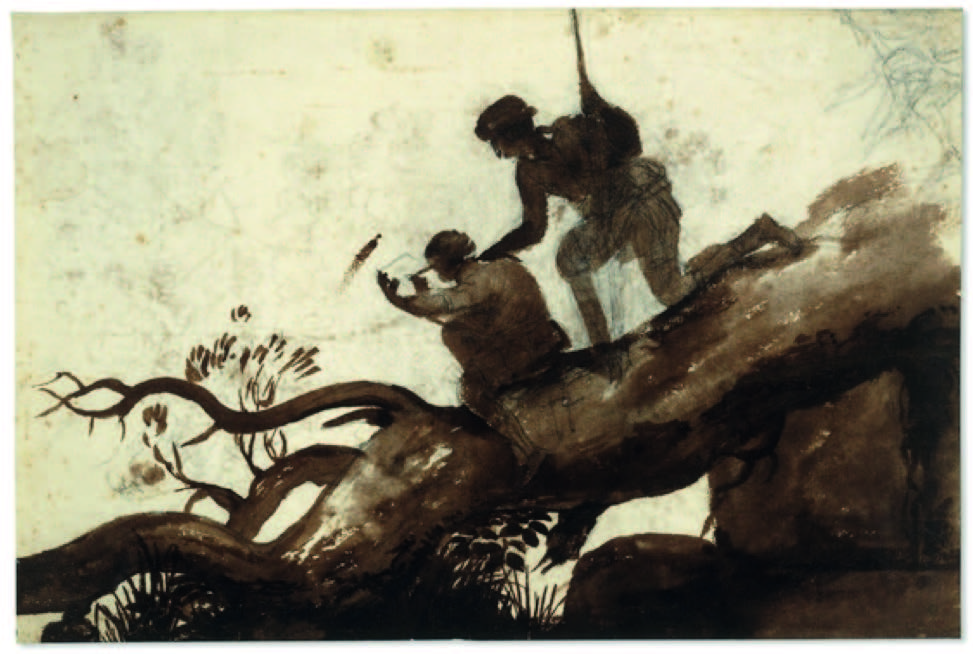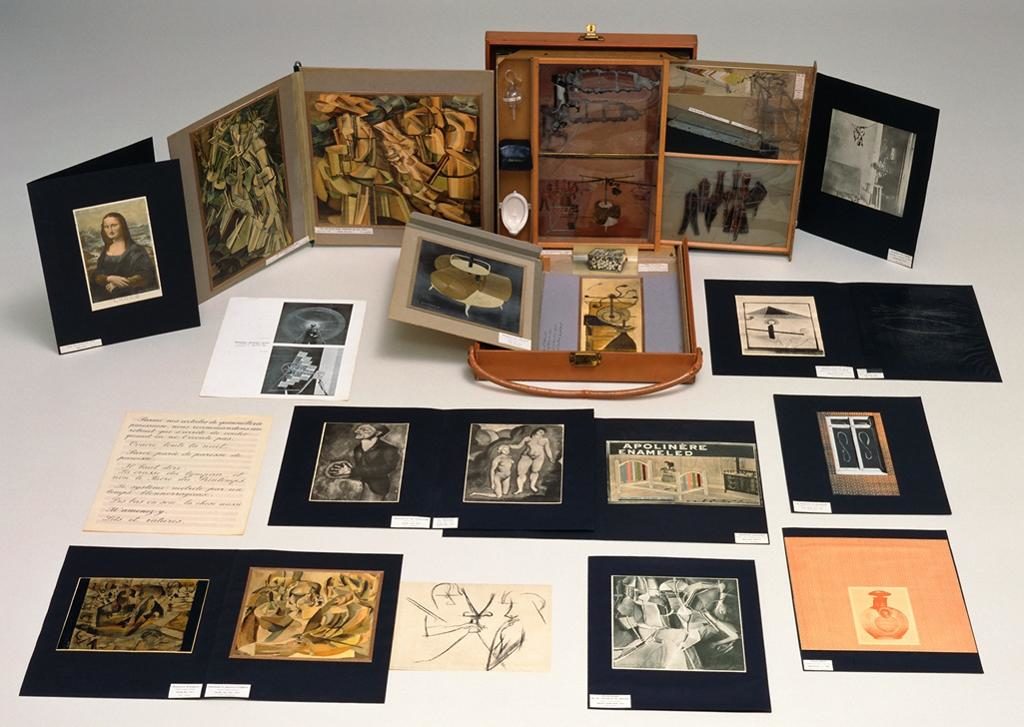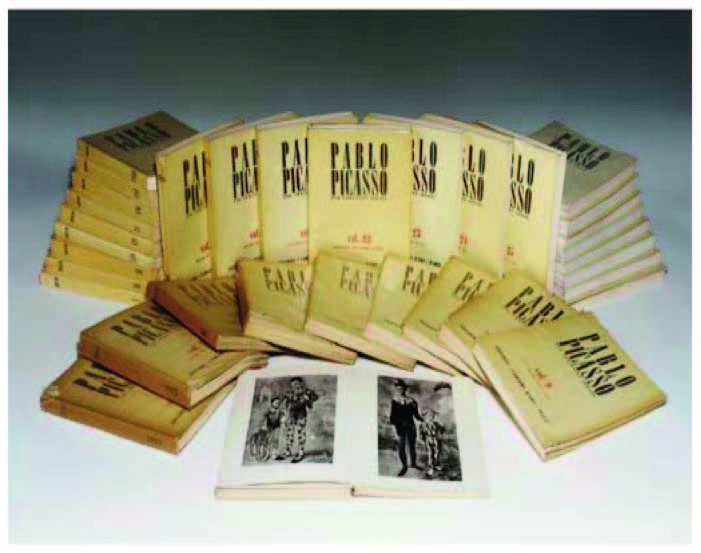A digital folio is a collection of digital assets or artefacts, that evidences the development of learning, knowledge, skills and abilities over time. It is an album of documents and images that can be edited for a variety of purposes and outcomes. As an artist you can use a digital folio (or ePortfolio) to:
- track your progress
- see how your ideas have developed over time
- share images and text with your peers and lecturers
- prepare for online tutorials or assessments
- prepare and present artist’s statements
- apply for grants, exhibitions, and residencies
- apply for other courses and programs such as post graduate study
- develop and expand your CV
- develop a website
- prepare your images and text as an introduction for a career in the Arts industry
- apply for recognition of prior learning
Many selection officers and Arts Industry personnel are now using digital folios to assist with selecting potential students and artists for a variety of purposes so developing an online presence is an essential part of your professional practice as a practicing artist.
The Historical Artist’s Portfolio
Historically artists have always collected their artwork for a variety of purposes and in a variety of formats. As Barrett (2005) points out:
Just as the more traditional portfolio that enabled a story and a visual narrative to be told through the woven artefacts and objects, digital portfolios are composed of artefacts and evidence of an artist’s process and product through image, audio and video files as well as intent, reflections and statements. The digital format of these artefacts allows that artist to diversify in the form of presentation or view and multiply the different perspectives of this story to many sources and audiences.
Here are 3 interesting historical parallels of artists themselves collecting, archiving, editing and disseminating their life’s work.
1) Claude Lorrain – circa 1640

Claude Lorrain – An Artist Sketching a Drawing, circa 1640, dark brown wash over black chalk on paper, British Museum, UK.
A precursor to a digital folio may be the Liber Veritatis or Book of Truth by Claude Lorrain. From 1635 until the end of his life in 1682, Claude compiled a collection of his own drawings in the form of a book. The book was specially made for Claude with a scheme of alternating pages, four blue pages followed by four white. (About the size of a laptop) and at the time of his death it contained 195 drawings, all of which are now in the British Museum. Claude recorded each of his major paintings, to prevent forgery and imitation by other artists. Claude signed his name on the back of these drawings and included either the name of the patron who had commissioned the work or the city to which the painting was being sent. The Liber Veritatis was something that Claude could present to perspective patrons in order to give them an idea of his finished work. This sounds like a prescient digital folio.
2) Marcel Duchamp – 1966

Marcel Duchamp, ‘Box in a Valise (From or by Marcel Duchamp or Rrose Sélavy), 1935-41, Leather valise containing miniature replicas, photographs, color reproductions of works by Duchamp, and one “original” drawing. Collection of the Museum of Modern Art. Image by the Museum of Modern Art.
Duchamp’s Boîte-en-valise, or box in a suitcase, is a portable miniature monograph including sixty-nine reproductions of the artist’s own work. Between 1935 and 1940, he created a deluxe edition of twenty boxes, each in a brown leather carrying case but with slight variations in design and content. A later edition consisting of six different series was created during the 1950s and 1960s. He produced up to 300, most with an original artwork. The box is an archive of what he considered to be the highlights of his career.
3) Christian Zervos 1881 – 1973

Christian Zervos, Pablo Picasso, 1881 – 1973. Catalogue raisonne, Christie’s
Another good example is Christian Zervos’ extensive catalogue of over 16,000 works by Picasso spanning 1895 to 1973, and prepared with his direct collaboration. It was published between 1932 and 1978 in 33 volumes.